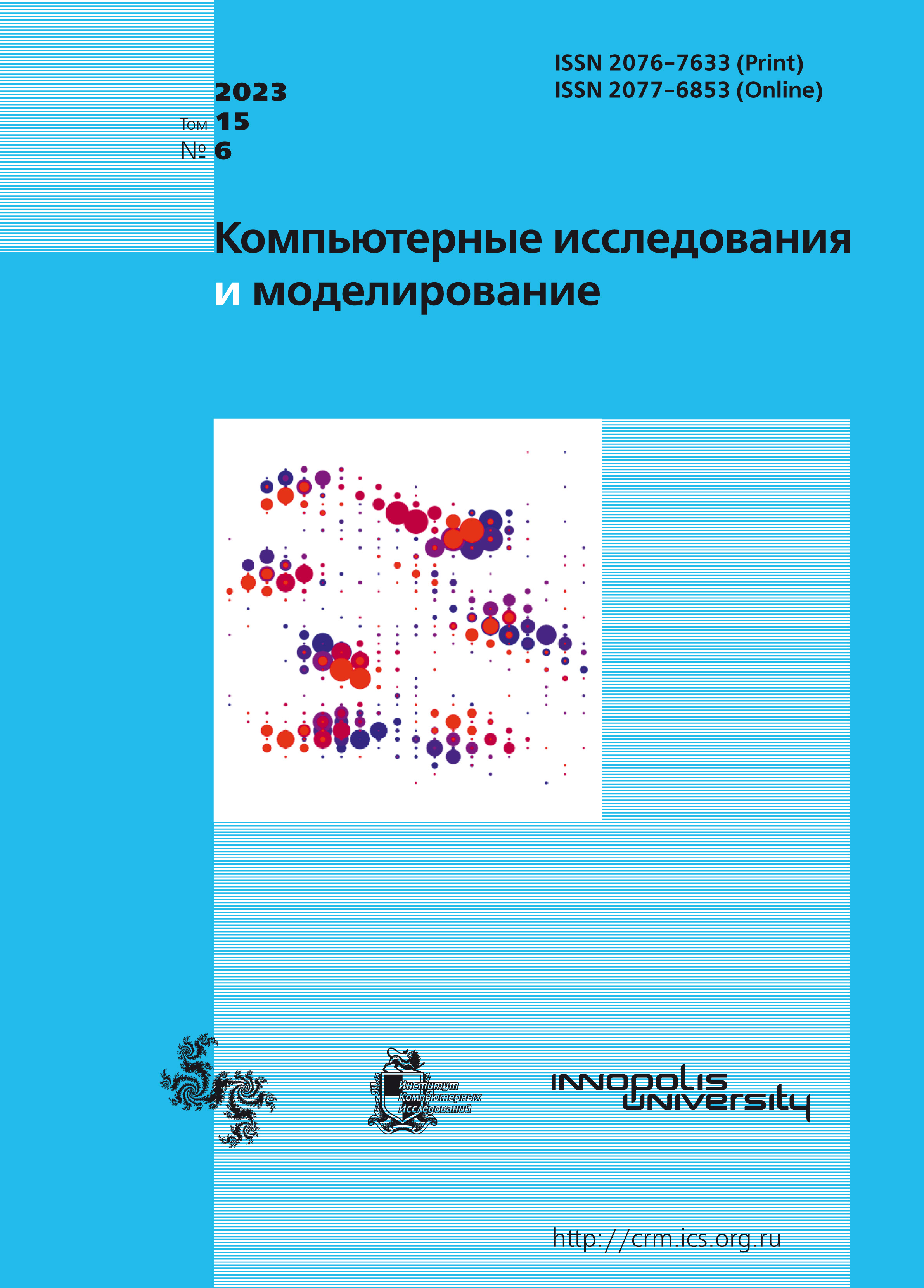All issues
- 2025 Vol. 17
- 2024 Vol. 16
- 2023 Vol. 15
- 2022 Vol. 14
- 2021 Vol. 13
- 2020 Vol. 12
- 2019 Vol. 11
- 2018 Vol. 10
- 2017 Vol. 9
- 2016 Vol. 8
- 2015 Vol. 7
- 2014 Vol. 6
- 2013 Vol. 5
- 2012 Vol. 4
- 2011 Vol. 3
- 2010 Vol. 2
- 2009 Vol. 1
Multifractal and entropy statistics of seismic noise in Kamchatka in connection with the strongest earthquakes
 pdf (2146K)
pdf (2146K)
The study of the properties of seismic noise in Kamchatka is based on the idea that noise is an important source of information about the processes preceding strong earthquakes. The hypothesis is considered that an increase in seismic hazard is accompanied by a simplification of the statistical structure of seismic noise and an increase in spatial correlations of its properties. The entropy of the distribution of squared wavelet coefficients, the width of the carrier of the multifractal singularity spectrum, and the Donoho – Johnstone index were used as statistics characterizing noise. The values of these parameters reflect the complexity: if a random signal is close in its properties to white noise, then the entropy is maximum, and the other two parameters are minimum. The statistics used are calculated for 6 station clusters. For each station cluster, daily median noise properties are calculated in successive 1-day time windows, resulting in an 18-dimensional (3 properties and 6 station clusters) time series of properties. To highlight the general properties of changes in noise parameters, a principal component method is used, which is applied for each cluster of stations, as a result of which the information is compressed into a 6-dimensional daily time series of principal components. Spatial noise coherences are estimated as a set of maximum pairwise quadratic coherence spectra between the principal components of station clusters in a sliding time window of 365 days. By calculating histograms of the distribution of cluster numbers in which the minimum and maximum values of noise statistics are achieved in a sliding time window of 365 days in length, the migration of seismic hazard areas was assessed in comparison with strong earthquakes with a magnitude of at least 7.
Copyright © 2023 Lyubushin A.A., Kopylova G.N., Kasimova V.A., Taranova L.N.
Indexed in Scopus
Full-text version of the journal is also available on the web site of the scientific electronic library eLIBRARY.RU
The journal is included in the Russian Science Citation Index
The journal is included in the RSCI
International Interdisciplinary Conference "Mathematics. Computing. Education"






